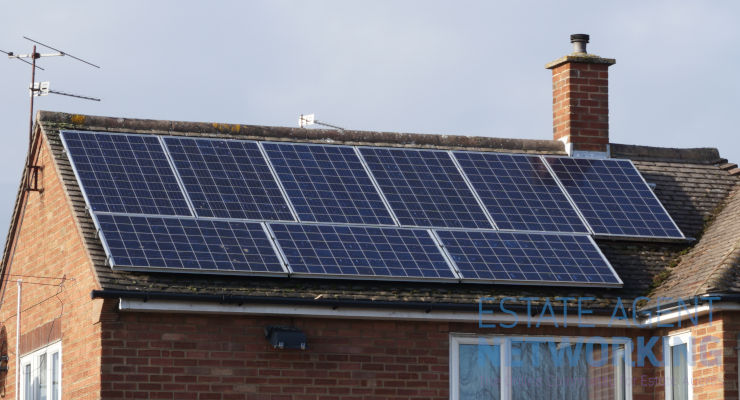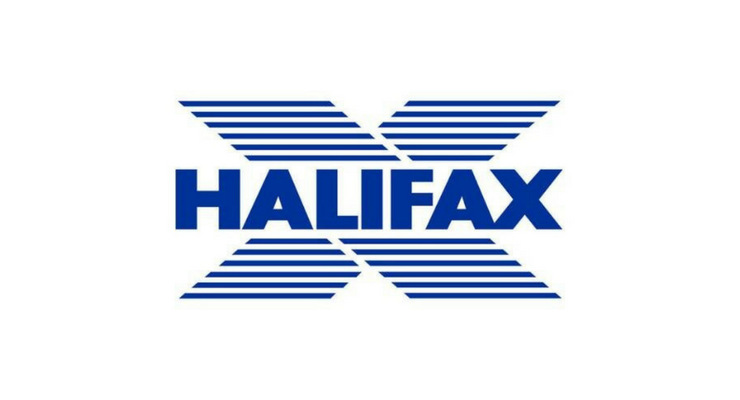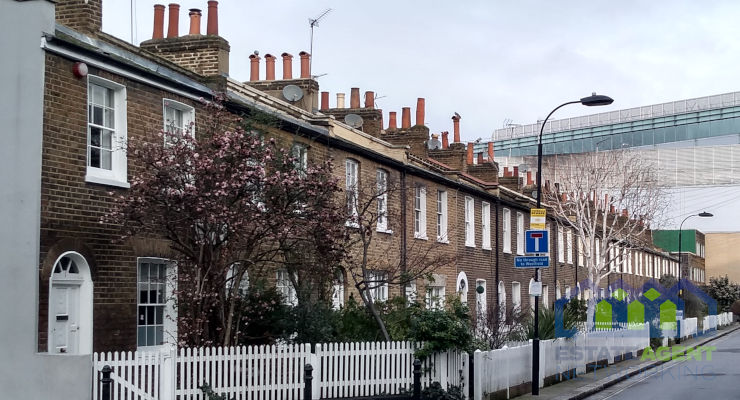Bird Proofing Solar Panels
If you’re looking for a clean and accessible energy source that helps you save money, solar panels are the best investment you can make. You can enjoy their numerous benefits that elevate your home or even your business. Bird-proofing solar panels have become a popular practice to protect your investment from birds’ interference.
Solar panels and bird proofing
Solar panels reduce natural gas use and provide you with a sustainable way to use energy. Notably, solar panels benefit birds, as the constant pollution causing environmental issues forces birds to keep searching for habitable ground. So, solar panels attract birds due to their reflective surfaces. Solar panels also offer safety, as they can nest under the panels and care for their young ones.
Birds can cause damage to solar panels due to their activities. The debris they leave can block the airflow, making a solar panel overheat. Such circumstances call for bird proofing. Bird proofing involves building a barrier surrounding your solar panels to hinder any bird activity within the panels. Solar panels require proper maintenance.
Reasons for bird proofing
Solar panels are located on rooftops where birds are typically found. The birds can use the panels to set up their nests and enjoy the panels’ warmth while roosting.
This situation could be better for solar panel owners, as it can damage the panels and the roof. Birds also threaten the system’s cabling, panels, and function, which can lead to blocked gutters and building problems. Also, the bird faeces on the panels can be a health hazard. In such situations, bird proofing solar panels can be an effective way to protect your investment.
Bird Proofing Solutions
A practical solution for bird proofing entails using solar panel mesh, which acts as a barrier that prevents birds from accessing the area beneath the panels. The approach is successful, considering it’s non-intrusive, so it doesn’t harm your panel.
Solar mesh is durable and extends the life of a solar panel. So, they reduce maintenance costs and increase ventilation. Also, they deter birds from nesting and causing damage to your roof and panels. Having a mesh also reduces the amount of bird droppings, as it minimizes the presence of birds. With that, your panel will continue to be efficient as there will be no droppings accumulating on the panel.
Bird Proofing and your solar panel maintenance routine
You need to have bird proofing measures to ensure the optimum performance of your panels. For bird activity, you should regularly inspect the areas around and beneath the panels. You should install the mesh to reduce bird interference with your investment.
You must keep the panels as clean as possible to keep the birds away from your system. It’s essential to clean them regularly, take care of any mounting issues, and get the repairs to maintain their quality, standard, and functionality.
Conclusion
Bird proofing is essential for solar panel maintenance, as it helps extend your panel’s lifespan. Such preventative measures go a long way toward keeping your panel safe from bird interference.









